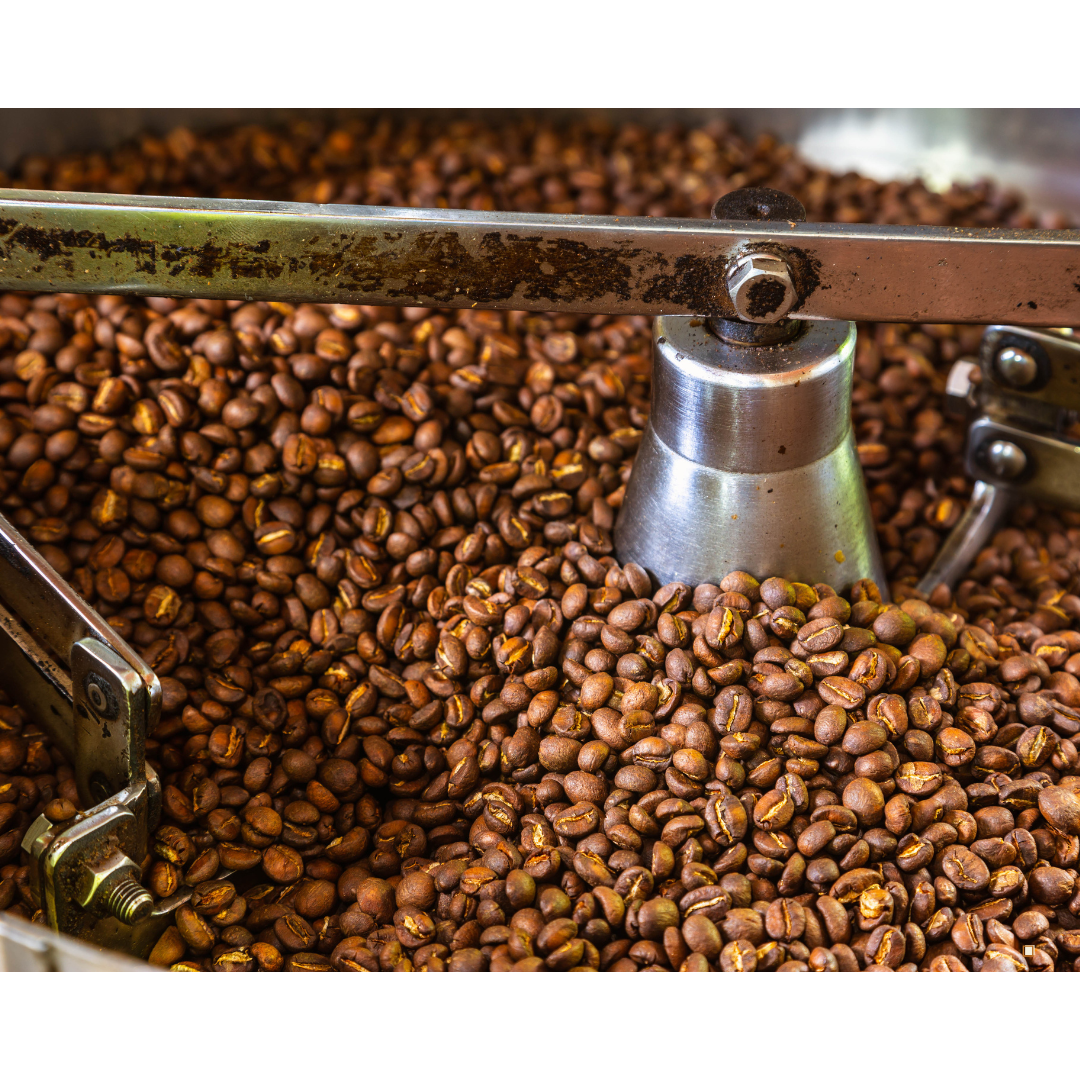
How Water Temperature Affects the Flavor of Whole Bean Decaf Coffee
When brewing whole bean decaf coffee, one of the most crucial elements that impacts its flavor is water temperature. While it might seem like a minor detail, even small changes in water temperature can make a significant difference in the extraction process, affecting everything from the coffee’s acidity to its sweetness. Understanding how water temperature interacts with decaf beans specifically can help you achieve the most flavorful, balanced cup.
Why Temperature Matters for Decaf Coffee
Water temperature is a key factor in coffee brewing because it controls how quickly and effectively the flavors are extracted from the coffee grounds. The ideal temperature range for brewing regular coffee is typically between 195°F and 205°F (90°C to 96°C), a range that optimizes flavor extraction without causing bitterness or sourness. However, decaf coffee beans have gone through an additional processing step to remove caffeine, which affects their overall composition and, subsequently, their brewing requirements.
Decaffeination processes, whether they involve water, CO2, or chemicals, often strip the beans of certain oils and soluble compounds. These processes can slightly alter the structure of the beans, making them less dense and, at times, more delicate. As a result, decaf coffee can respond differently to brewing conditions, especially water temperature. Using water that is too hot or too cold may lead to a cup that is either over-extracted and bitter or under-extracted and weak. By finding the right temperature, you can enhance the flavors unique to decaf coffee, making each cup a more enjoyable experience.
The Role of Temperature in Extraction
Extraction refers to the process of dissolving the soluble compounds in coffee grounds into water, creating the flavors we taste in each cup. When water is too hot, it extracts flavors quickly, which can be beneficial for bold, dark roasts but potentially overwhelming for decaf beans. High temperatures might accentuate the more acidic or bitter compounds in decaf coffee, resulting in a sharp, unbalanced taste. For decaf drinkers who enjoy a smoother, more rounded flavor profile, it’s essential to avoid excessive heat during brewing.
Conversely, water that is too cool can lead to under-extraction, leaving the coffee tasting flat, weak, or even sour. At lower temperatures, the water doesn’t dissolve the coffee compounds as effectively, resulting in a cup that lacks depth and complexity. This can be especially problematic for decaf coffee, which often requires a slightly more delicate approach to fully capture its nuanced flavors. For a well-rounded cup, experimenting within a temperature range can help balance the acidity, sweetness, and bitterness in decaf coffee.
Adjusting Temperature Based on Roast Level
The roast level of your decaf coffee can also influence the ideal brewing temperature. Light-roasted decaf beans, for instance, tend to be denser and more acidic, requiring slightly higher temperatures to draw out their bright and fruity notes. A temperature between 200°F and 205°F works well for light roasts, ensuring that the coffee’s vibrant flavors are fully expressed.
On the other hand, medium and dark decaf roasts benefit from a slightly lower temperature range, usually between 195°F and 200°F. Darker roasts already have a bold, rich profile, and lower temperatures help prevent over-extraction, which can introduce bitterness and mask the coffee’s natural sweetness. By adjusting the water temperature to match the roast level, you can enhance the best qualities of each roast without compromising flavor.
How to Achieve the Ideal Temperature for Your Brew
Achieving the right temperature can be easier with tools like a kettle with variable temperature settings or a simple thermometer. If you’re using a stovetop kettle, heat the water to boiling, then let it sit for about 30 seconds to reach the ideal brewing range. Alternatively, electric kettles with preset temperatures offer a precise and convenient way to ensure your water is always at the correct level.
For manual brewing methods like pour-over, French press, or AeroPress, maintaining control over water temperature is especially important. Methods that involve steeping, like the French press, may require slightly lower temperatures to avoid excessive extraction. Meanwhile, pour-over methods often benefit from starting with hotter water and gradually cooling throughout the brewing process. Experimenting with different methods and temperatures can help you discover the perfect balance for your decaf beans.
Balancing Flavor in Whole Bean Decaf Coffee with Lower Temperatures
Brewing whole bean decaf coffee at a slightly lower temperature can help balance its natural flavors, resulting in a smoother, less acidic cup. For those who prefer a mellow profile without any harsh notes, starting with water at around 195°F can prevent the extraction of bitter compounds. This approach is particularly effective for decaf drinkers who favor medium to dark roasts, as it preserves the coffee’s richness while minimizing any overpowering flavors.
By using a lower temperature, you allow the sweeter and more nuanced flavors of decaf coffee to stand out. For instance, decaf beans often have subtle chocolate, nutty, or caramel notes, which can be overshadowed by high temperatures. Keeping the water temperature on the cooler side lets these flavors shine, offering a well-rounded, satisfying cup that highlights the best of decaf without any unpleasant bitterness.
Enhancing Brightness and Complexity in Whole Bean Decaf Coffee with Higher Temperatures
If you prefer a decaf coffee with brighter, more complex flavors, a slightly higher brewing temperature can work wonders for whole bean decaf coffee. Using water closer to 200°F can enhance the acidity and fruitiness in light to medium roasts, adding a lively character to the cup. This temperature range is perfect for those who enjoy a decaf coffee with a bit of vibrancy and layered flavor notes.
For light-roasted decaf beans, a higher temperature can help unlock hidden floral or citrus notes, creating a refreshing, complex cup. Just be mindful not to exceed 205°F, as excessively hot water may still lead to bitterness, even in decaf. Experimenting within this temperature range allows you to find a sweet spot that balances acidity, sweetness, and body, transforming your decaf experience into a more refined, flavorful journey.
In summary, water temperature plays a significant role in the flavor profile of whole bean decaf coffee. Whether you prefer a smooth, rich cup or a brighter, more complex brew, adjusting the temperature can help you achieve the perfect balance for your taste. At Frontier Coffee Roasters, we’re committed to providing high-quality decaf beans that are as flavorful as their caffeinated counterparts, so you can enjoy an exceptional cup of coffee anytime.

